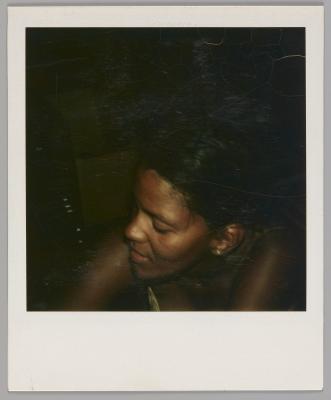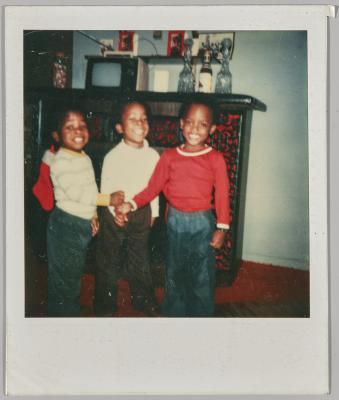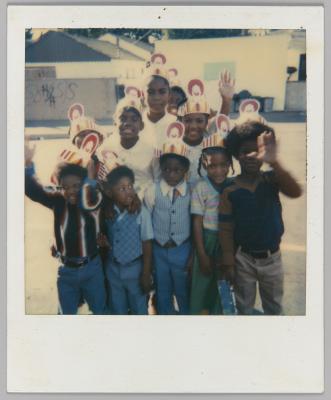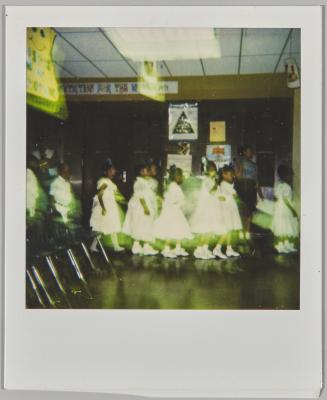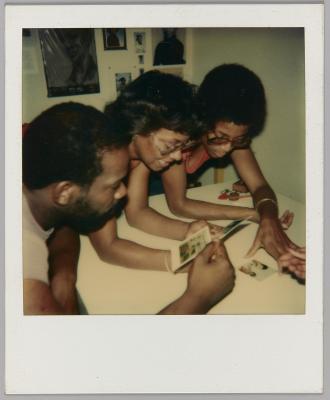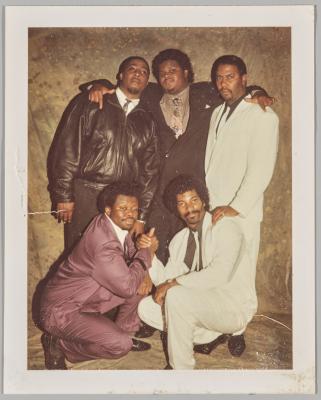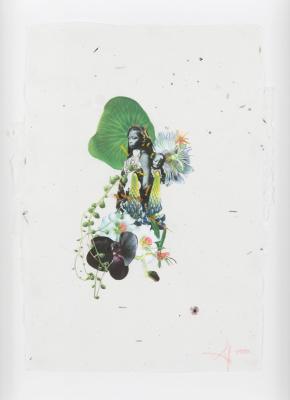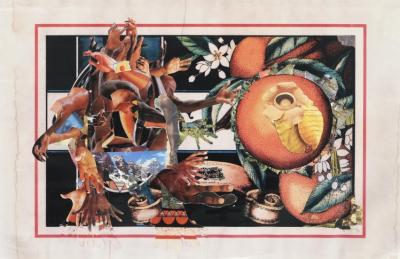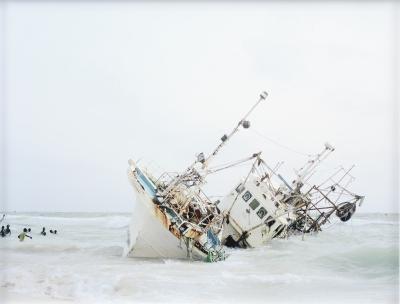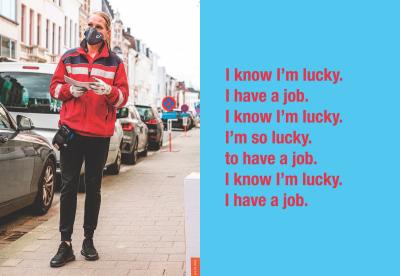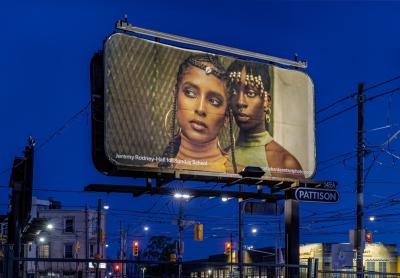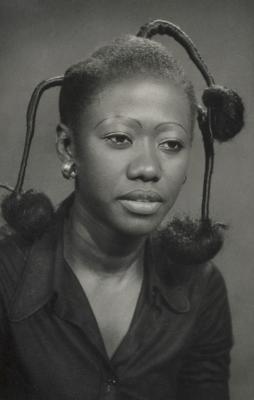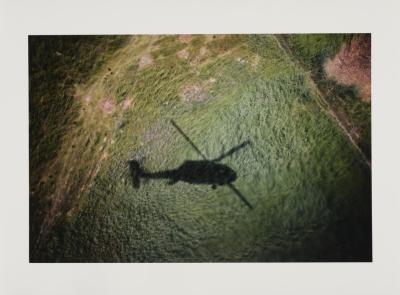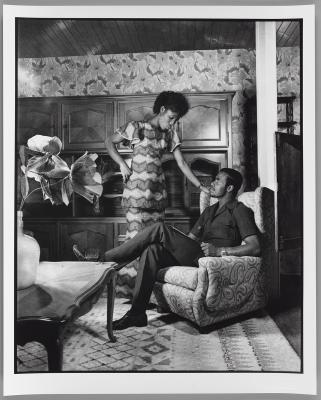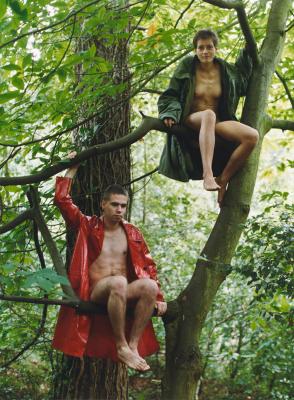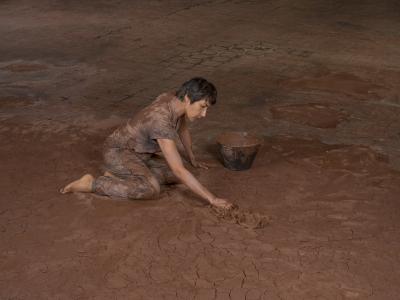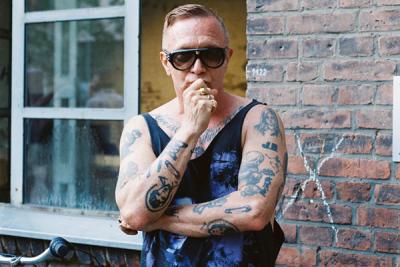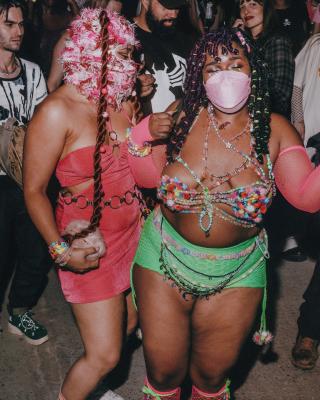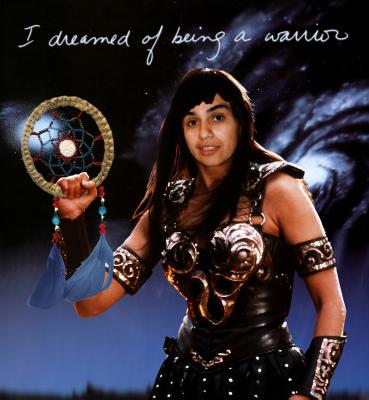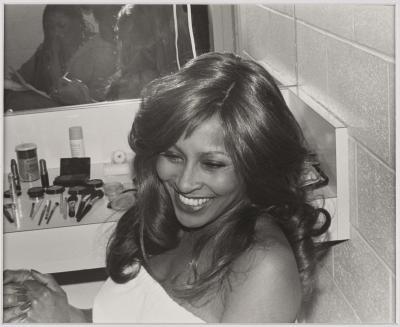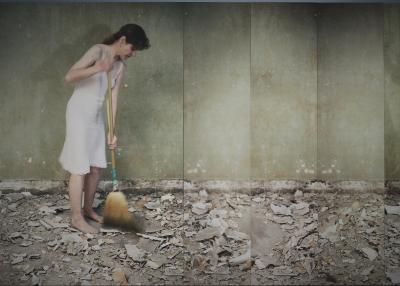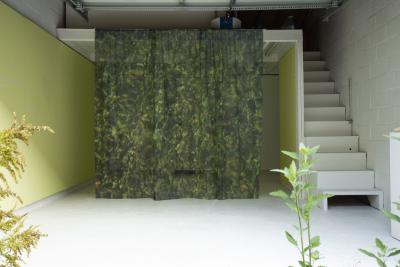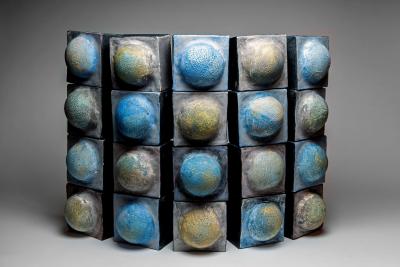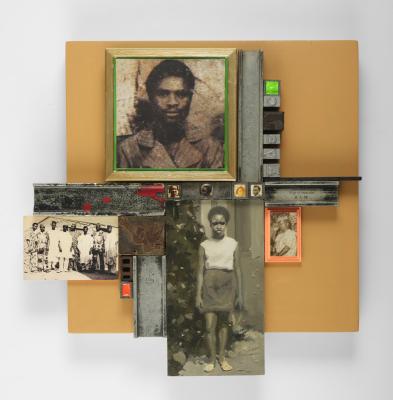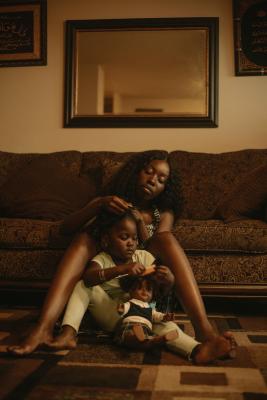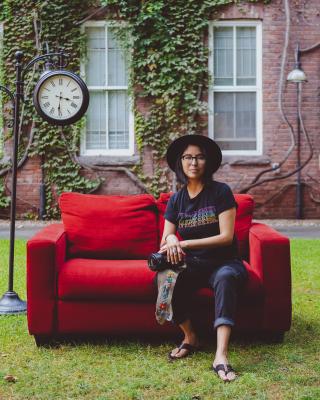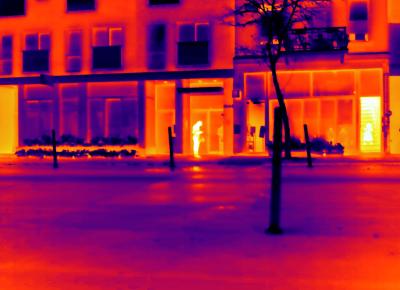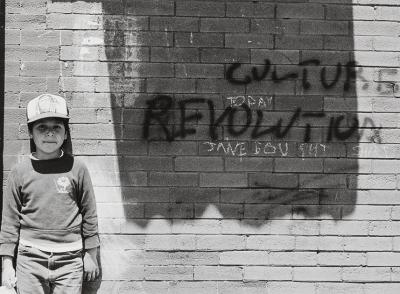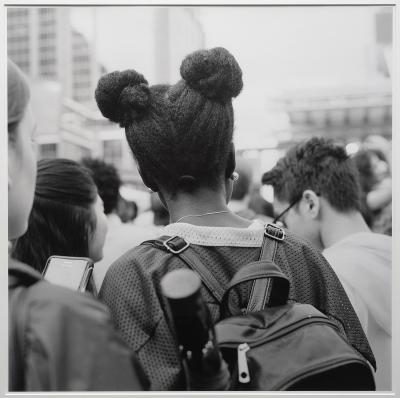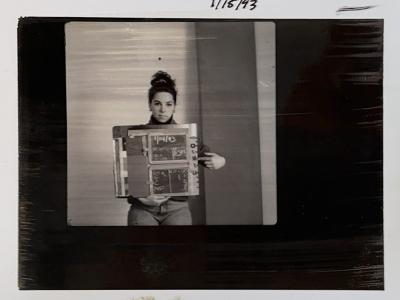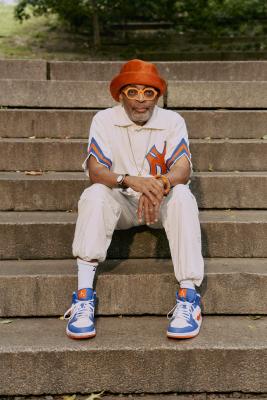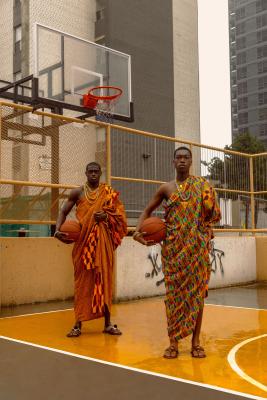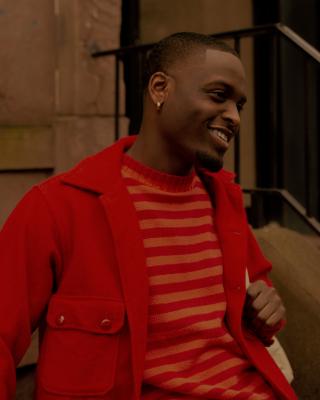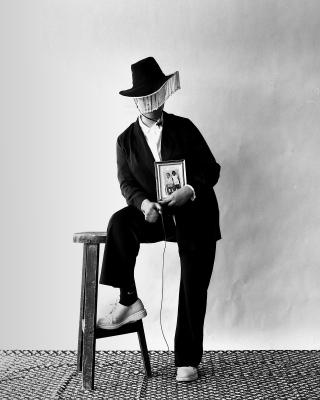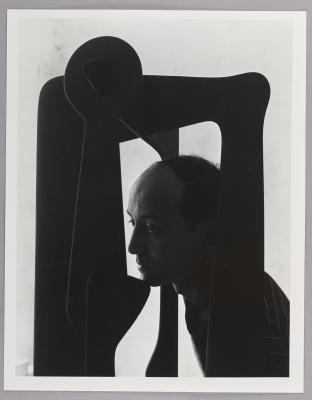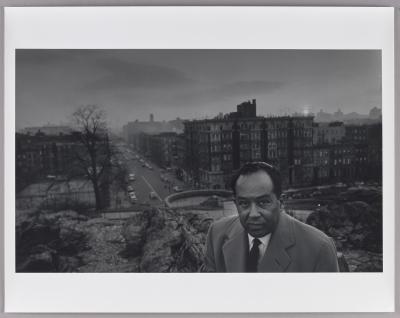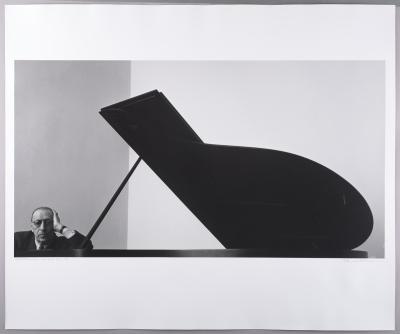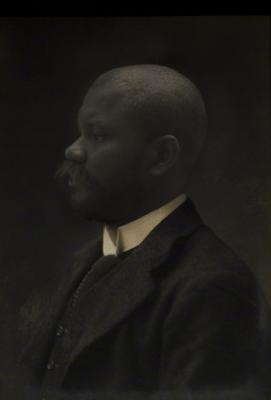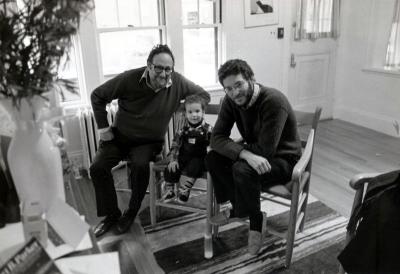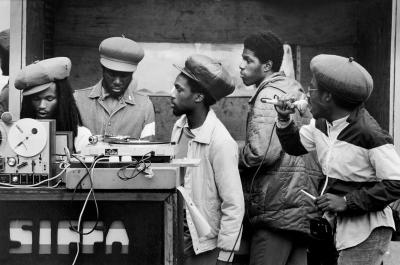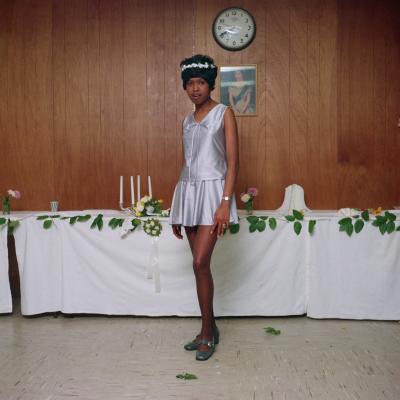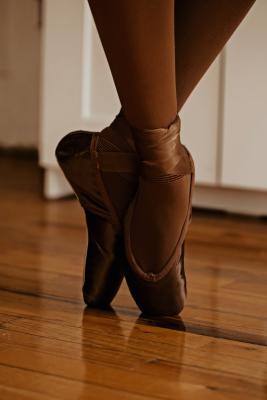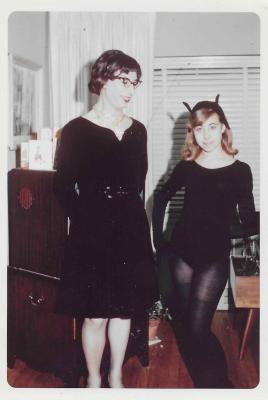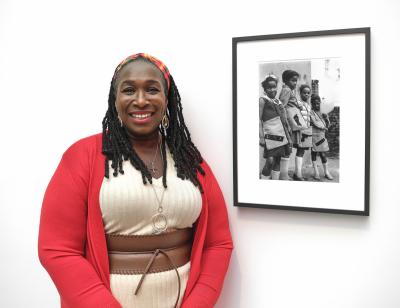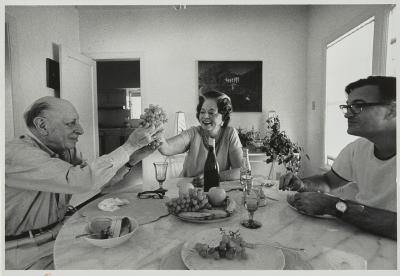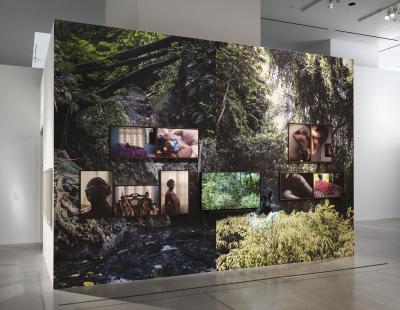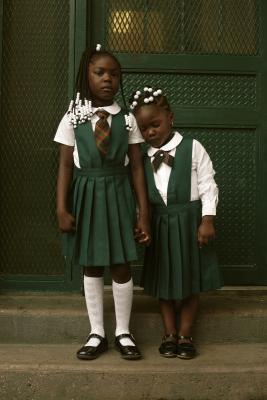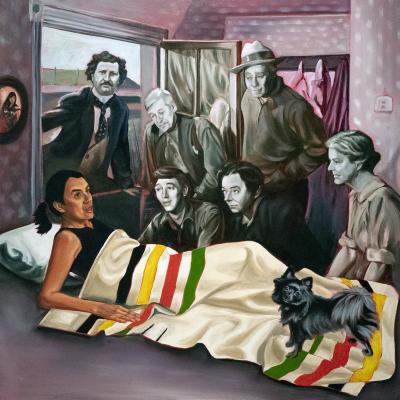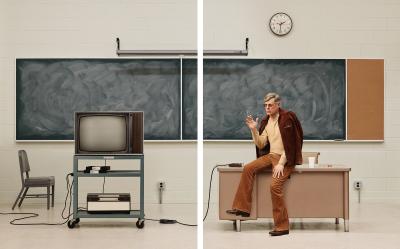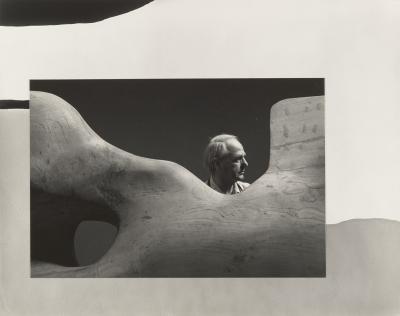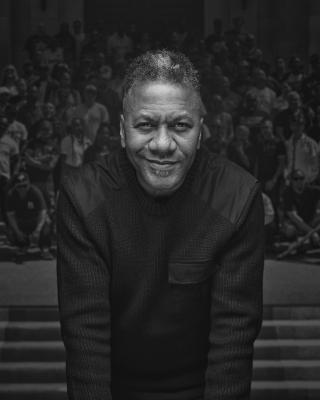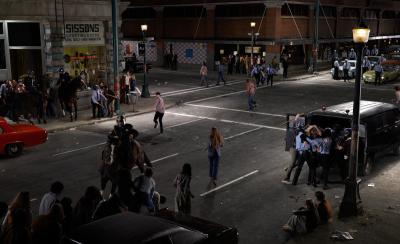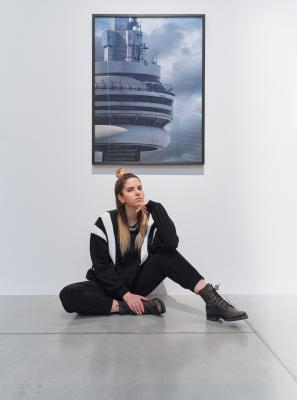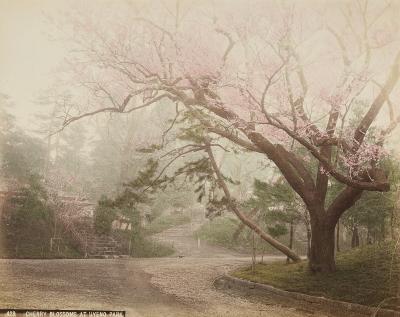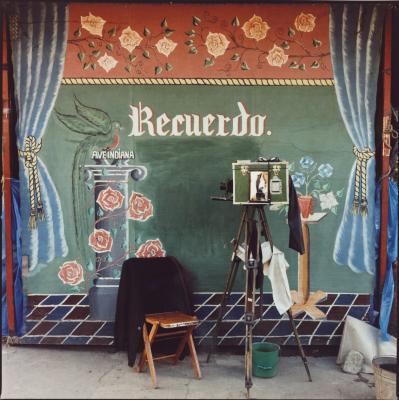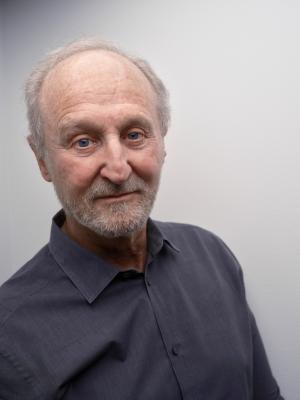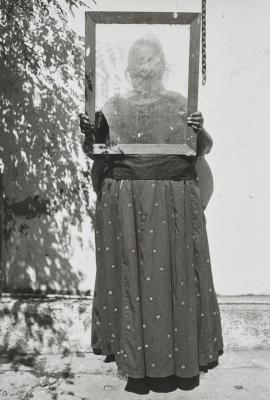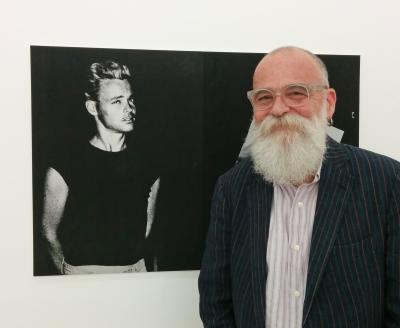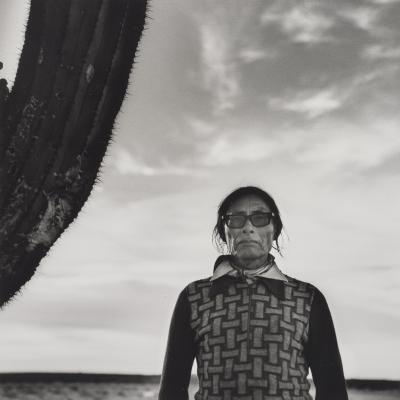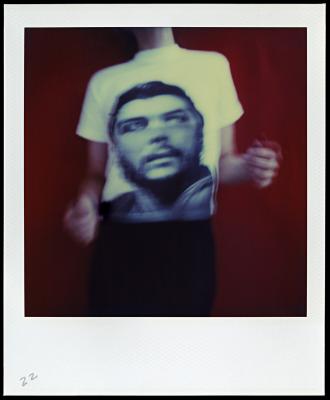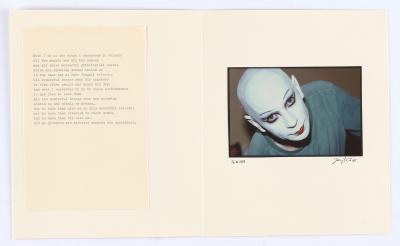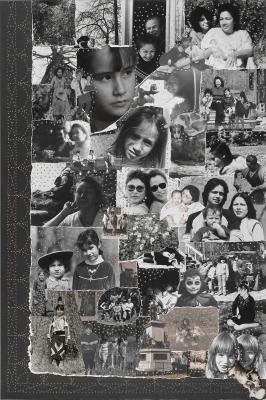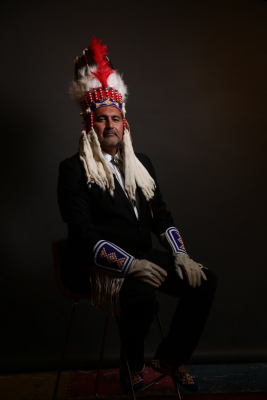How Arnold Newman builds a portrait
Delve into the AGO exhibition with four distinct portraits by the legendary American photographer
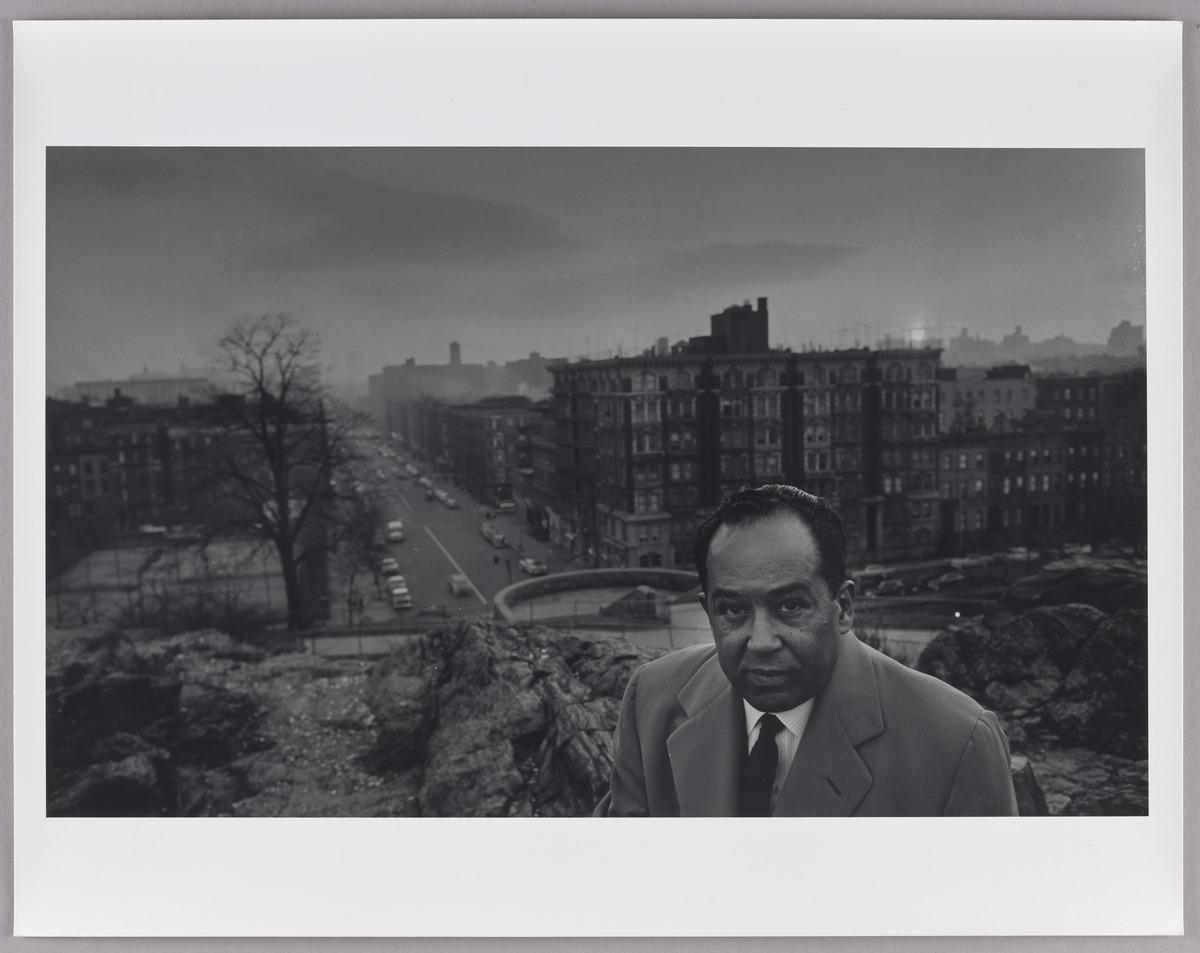
Arnold Newman. Langston Hughes, 1960. Gelatin silver print, Overall: 27.9 × 35.6 cm. Art Gallery of Ontario. Anonymous Gift, 2012. © Arnold Newman Properties/Getty Images (2023). 2015/1302. Commissioned by Holiday.
Arnold Newman was one of the most influential and acclaimed American portrait photographers of the 20th century. His meticulous approach to constructing portraits – in preparation, production and editing – yielded captivating photographs that aimed to distill the true character of his subjects. His expansive body of work consists largely of photographs produced while on assignment for prominent magazines like Harper’s Bazaar, Life, Holiday, and Fortune. Such commissions provided Newman with access to some of the most important artists, thinkers, and political figures of the American post-World War II era.
On view now at the AGO, Building Icons: Arnold Newman’s Magazine World, 1938–2000 is a major exhibition of over 200 photographs representing six decades of the legendary photographer’s oeuvre. All pulled from the AGO’s extensive holdings, the show features portraits of iconic artists such as Georgia O'Keeffe and Langston Hughes as well as historical figures like John F. Kennedy and Haile Selassie – illustrating how magazine commissions were the main catalyst driving Newman’s career. Building Icons is curated by Sophie Hackett, AGO Curator of Photography, with photo scholar and independent curator Tal-Or Ben-Choreen. Before visiting the exhibition in person, learn more about Newman’s influential career and groundbreaking style of constructing portraits.
Newman’s early years

Arnold Newman. George Grosz, [painter], 1942. Gelatin silver print, 20.3 × 25.4 cm. Art Gallery of Ontario. Anonymous Gift, 2012. © Arnold Newman Properties/Getty Images (2024). 2015/367
After growing up in Miami Beach, Newman received a scholarship to attend art school, which he later had to abandon in search of work in 1938, due to the Depression. He then migrated to Philadelphia and began working as a photographer, honing his craft while becoming integrated into a group of young artists with ties to Alexey Brodovitch, art director of Harper’s Bazaar. In 1945, the Philadelphia Museum of Art hosted a major show of Newman’s work titled Artists Look Like This, the show featured portraits of 59 artists in studio, or surrounded by their work. Touring nationally, it introduced a broader audience to his unique style of portraiture. The above image from Artists Look Like this features painter George Grosz and can be found in the first room of the exhibition.
Integrative portraits
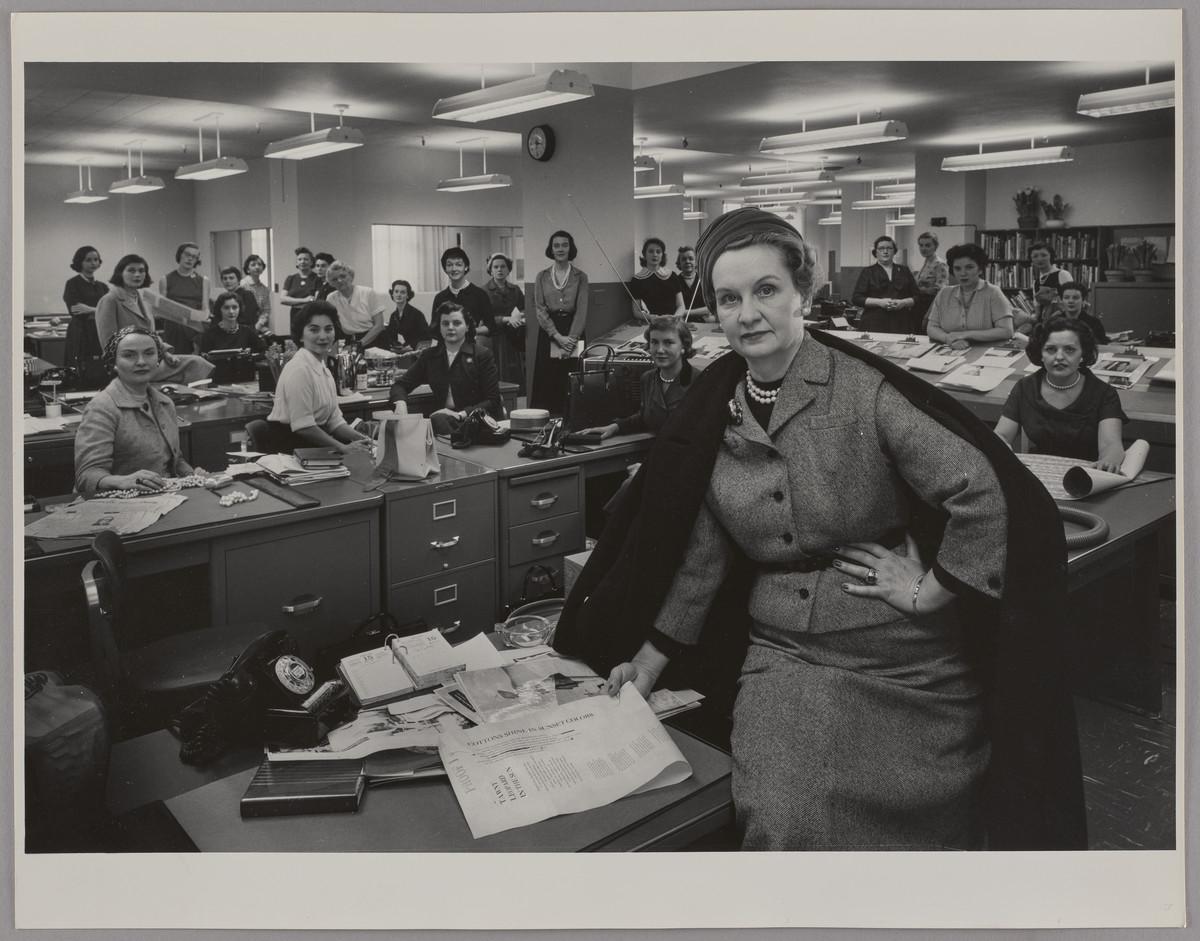
Arnold Newman. Dorothy Hawkins, [fashion editor], 1957. Gelatin silver print, 27.9 × 35.6 cm. Art Gallery of Ontario. Anonymous Gift, 2012. © Arnold Newman Properties/Getty Images (2024). 2015/1122
Newman is often credited with popularizing the integrative, or environmental, portrait. Featured heavily throughout Building Icons, this approach aims to represent the subject by incorporating elements of their lived environment into the portrait. Newman would meticulously arrange his sitter’s home or workplace to distill their occupation or interests. Informed by extensive research about his subjects, he built each composition by organizing objects in the foreground and background, as well as situating subjects in distinct poses. Above, New York Times fashion editor Dorothy Hawkins is depicted in her office along with her staff in 1957. View this photograph in the exhibition's second room.
Magazines
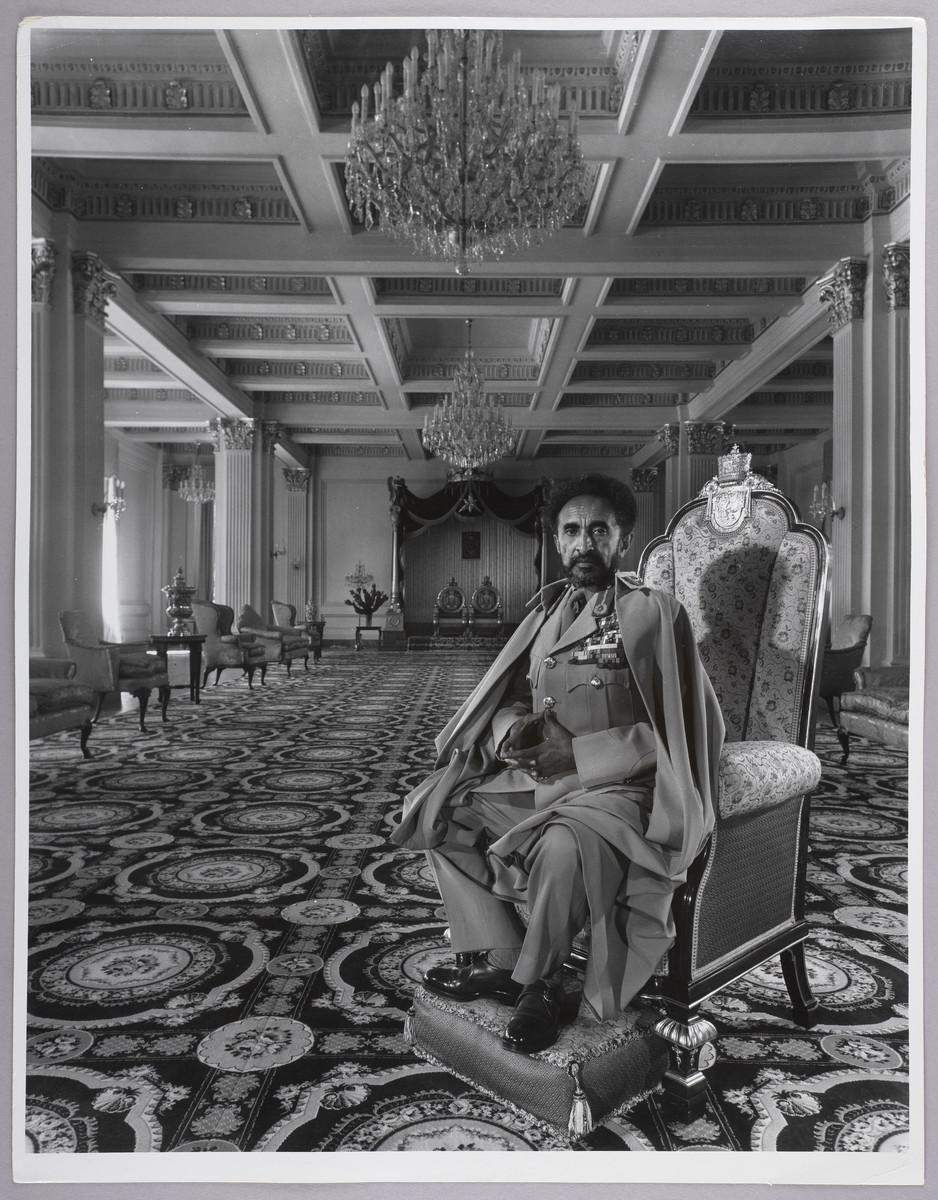
Arnold Newman. Emperor of Ethiopia Haile Selassie,1958. Gelatin silver print, 35.6 × 27.9 cm. Art Gallery of Ontario. Anonymous Gift, 2012. © Arnold Newman Properties/Getty Images (2024). 2015/1204
The most crucial vehicle for Newman’s career development was magazine commissions. Whether creating portraits of JFK and Langston Hughes for Holiday in the early 1960s, or his iconic 1946 Harper’s Bazaar portrait of Igor Stravinsky, Newman’s influence on American photography is best illustrated through his magazine work. Building Icons zeros in on this reality, highlighting the broad range of artists, scientists, politicians and people in the business and creative fields depicted by Newman through his commissions. His distinct approach to portraiture was well-suited for magazines, as he carefully built compositions to suit the page layout. Part of Newman’s 1958 commission for Holiday, titled "A Gallery of Leaders", the above photograph features Emperor or Ethiopia Hailie Selassie. It can be found in the exhibition’s third room.
Bravo Stravinsky
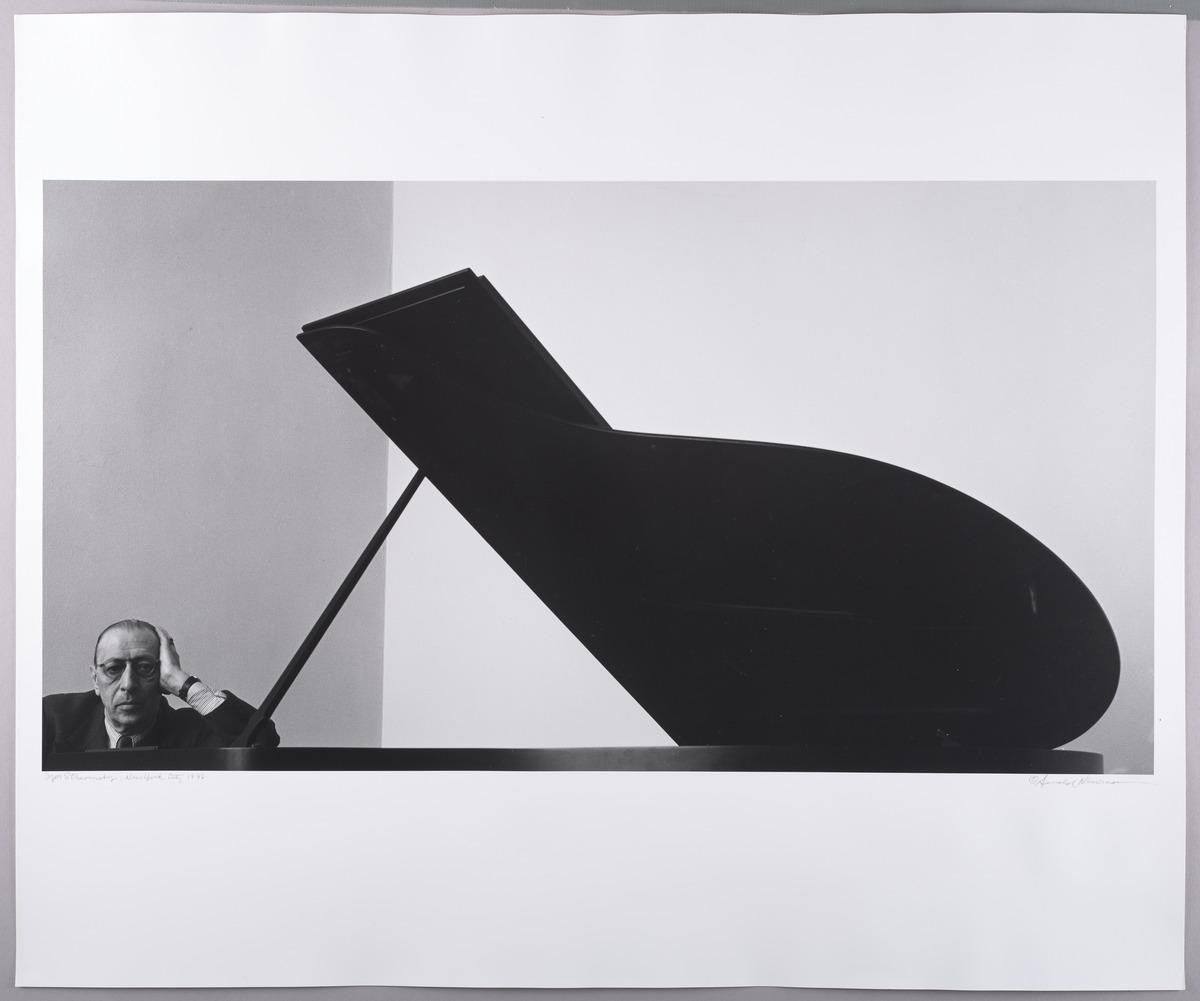
Arnold Newman. Igor Stravinsky, 1946. Gelatin silver print, Overall: 50.8 × 61 cm. Art Gallery of Ontario. Anonymous Gift, 2012. © Arnold Newman Properties/Getty Images (2023). 2015/4030. Commissioned by Harper’s Bazaar.
The final room of the exhibition is dedicated to Newman’s pivotal relationship with the acclaimed composer, pianist, and conductor Igor Stravinsky. His 1946 symbolic portrait of Stravinsky features the composer seated at a grand piano and is uniquely cropped in a way that likens the piano’s lid to a musical note. The portrait would become Newman’s most iconic and sparked a lifelong friendship between the two. Between 1966 and 1967, Newman photographed Stravinsky extensively to create the book Bravo Stravinsky, using a long-form photojournalistic approach, intimately depicting the legendary composer’s professional and personal life.
Building Icons: Arnold Newman’s Magazine World, 1938-2000 is on view now until January 21 at the AGO on Level 2 in Sam and Ayala Zacks Pavilion (gallery 245).
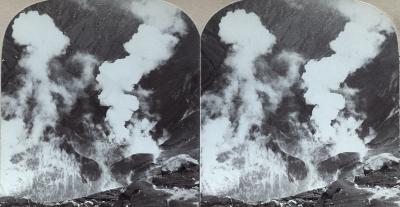
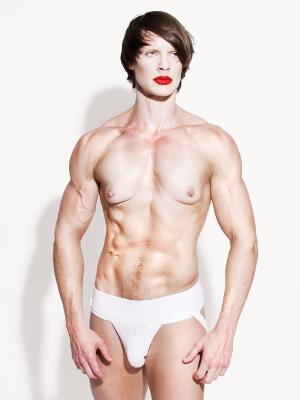
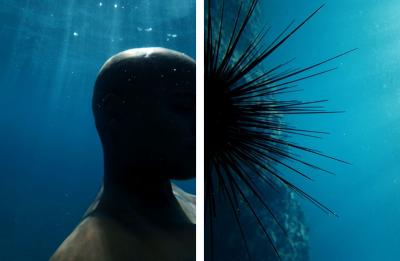
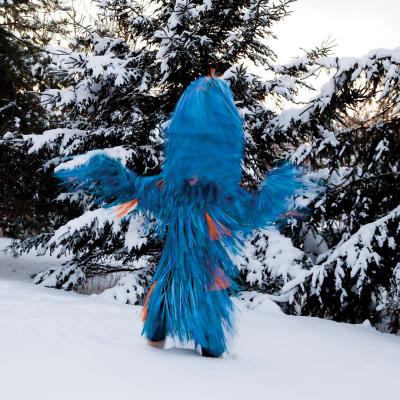
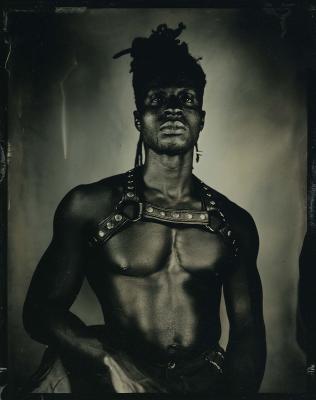
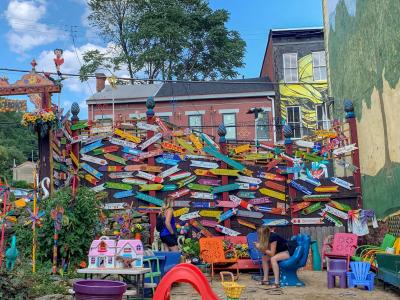
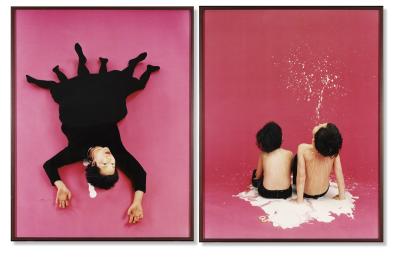
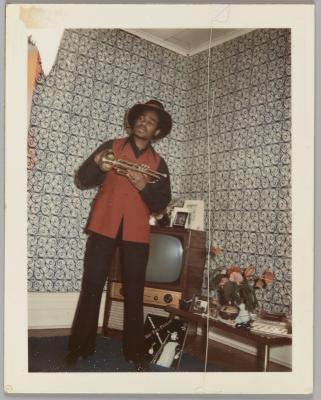
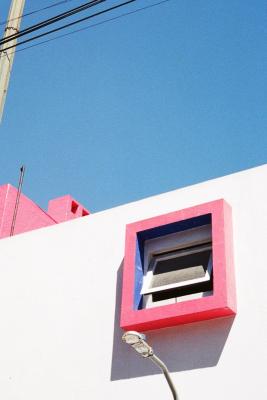
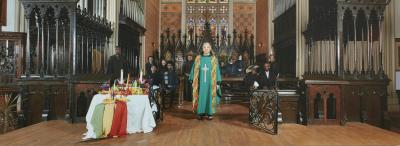
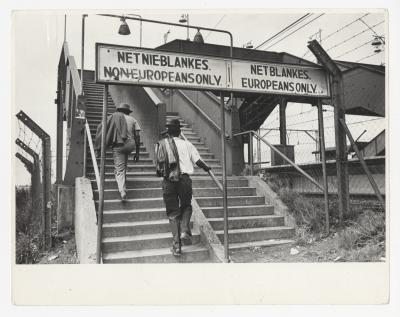
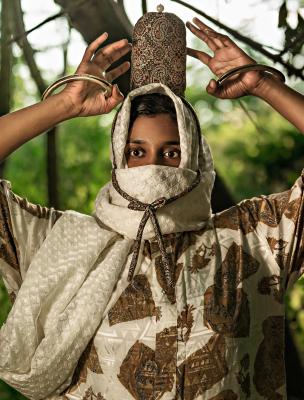
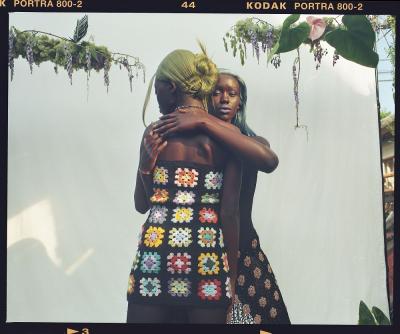
![Unknown photographer, Chillin on the beach, Santa Monica [Couple on beach blanket]](/sites/default/files/styles/image_small/public/2023-04/RSZ%20WMM.jpg?itok=nUdDiiKr)
